Home>Garden Essentials>What Is The Seed Drill
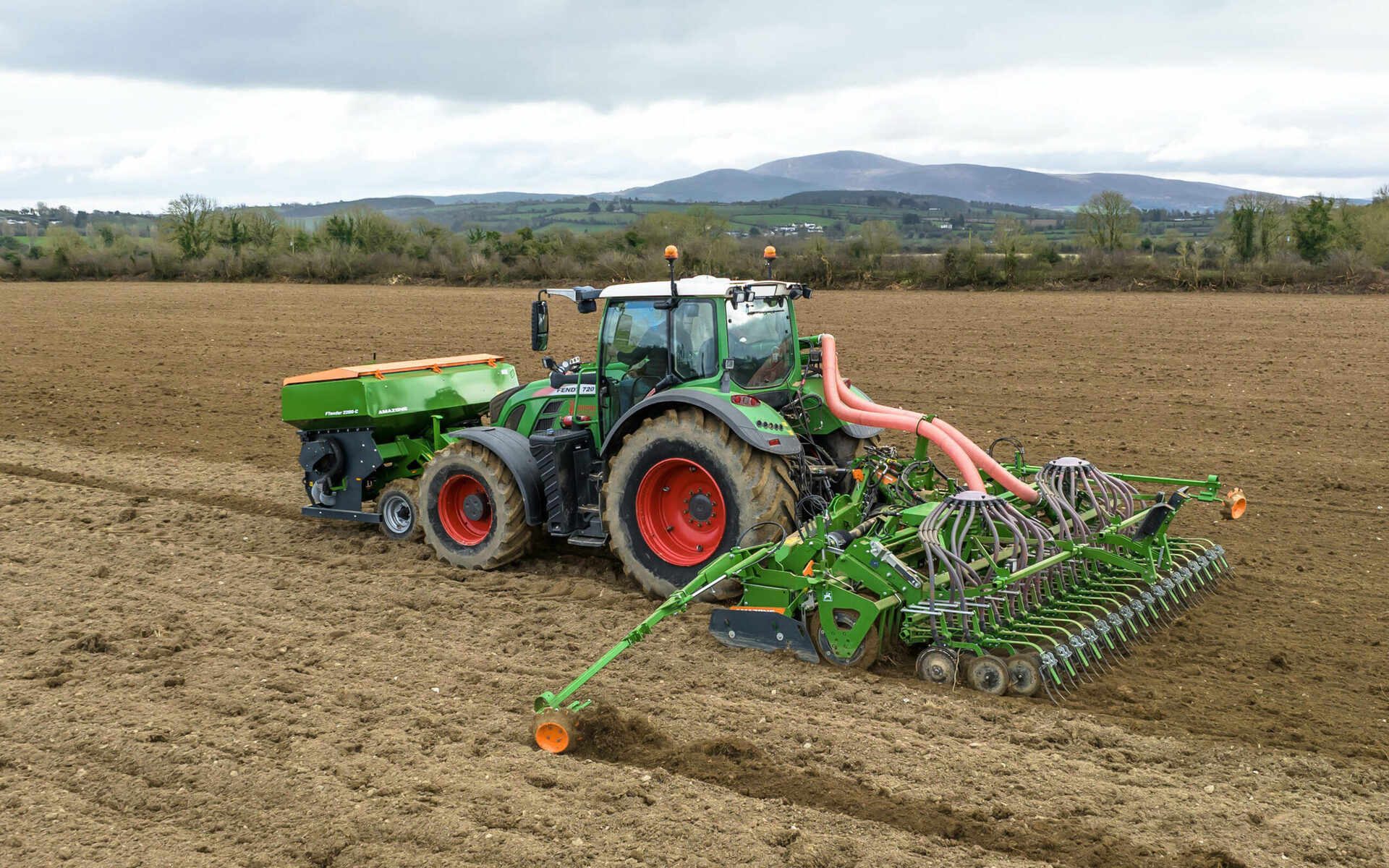

Garden Essentials
What Is The Seed Drill
Modified: March 16, 2024
Discover the benefits of using a seed drill in your garden. Learn how this tool can save you time and maximize efficiency in seed sowing.
(Many of the links in this article redirect to a specific reviewed product. Your purchase of these products through affiliate links helps to generate commission for Storables.com, at no extra cost. Learn more)
Introduction
Welcome to the world of gardening, where creativity blossoms and the beauty of nature thrives. If you’re passionate about gardening, you most likely understand the importance of efficient and effective planting techniques. One such technique that has revolutionized the way we sow seeds is the seed drill.
A seed drill is a mechanical device used for precise and uniform planting of seeds. It automates the process and eliminates the need for manual seed placement, saving gardeners valuable time and effort. In this article, we will explore the history of the seed drill, how it works, its benefits, different types, and maintenance tips to keep it in top condition.
So, grab your gardening gloves and let’s dive into the fascinating world of seed drills!
Key Takeaways:
- The seed drill revolutionized farming by automating seed planting, leading to higher crop yields, reduced wastage, and improved soil health. It saves time and labor, making farming more efficient and productive.
- Different types of seed drills, from traditional to pneumatic and no-till, offer unique features for various farming needs. Proper maintenance ensures optimal performance and longevity, contributing to successful farming practices.
Read more: What Was The Seed Drill Used For
History of the Seed Drill
The seed drill is an invention that has significantly impacted the world of agriculture. It was first developed in the early 1700s by Jethro Tull, an English agriculturist. Prior to the seed drill, seeds were planted by hand, resulting in uneven spacing and wastage of seeds. Tull’s seed drill revolutionized the process by mechanizing seed placement, resulting in more efficient and productive farming.
Tull’s seed drill consisted of a simple wooden box with a series of tubes or channels attached to it. The seeds were poured into the box and as the box was dragged across the field, the tubes would distribute the seeds at a consistent and predetermined depth. This method allowed for precise and even distribution of seeds, reducing wastage and increasing crop yields.
Despite the initial success of the seed drill, it took some time for its adoption to become widespread. Farmers were initially skeptical of this new method and preferred traditional hand planting. However, as the benefits became evident, more and more farmers embraced the seed drill, leading to a significant improvement in agricultural productivity.
Over time, advancements were made to the seed drill design. The wooden box was replaced with metal containers, and additional features such as adjustable seed depth and furrow openers were added. These improvements further enhanced efficiency and accuracy in seed placement.
Today, the seed drill is an essential tool used in various agricultural practices, from large-scale farming to backyard gardening. Its invention by Jethro Tull paved the way for modern agricultural practices and played a significant role in the development of farming as we know it today.
How Does a Seed Drill Work?
A seed drill works on a simple yet ingenious mechanism to sow seeds efficiently and uniformly. The basic components of a seed drill include a seed hopper, a series of tubes or channels, furrow openers, and a mechanism for seed distribution.
First, the seed hopper is filled with seeds. The hopper is designed to hold a large quantity of seeds, allowing for continuous and uninterrupted planting. The seeds in the hopper are gravity-fed into the tubes or channels that lead to the furrow openers.
The furrow openers serve multiple purposes. They create a furrow or groove in the soil, ensuring that the seeds are placed at the correct depth. Additionally, they help improve seed-to-soil contact, promoting germination and seedling establishment.
As the seed drill moves forward, the furrow openers create the furrows in the soil while simultaneously dropping the seeds into them. The depth at which the seeds are placed can be adjusted based on the desired planting depth for different types of seeds.
The seed distribution mechanism ensures that the seeds are sown evenly and at the desired spacing. Depending on the type of seed drill, this mechanism can be a rotating disc, a pneumatic system, or a seed metering system. The mechanism ensures that a consistent amount of seeds is released into each furrow, preventing overcrowding or uneven spacing.
After the seeds are placed in the furrows, the soil is then gently packed around them to provide stability and proper contact. This helps to protect the seeds and promote healthy germination and growth.
The overall result of the seed drill’s operation is precise and uniform seed placement. This leads to improved crop yields, reduced seed wastage, and efficient land utilization. The automation provided by the seed drill also saves significant time and effort compared to traditional hand planting methods.
Seed drills are available in various sizes and configurations to accommodate different farming practices and field sizes. Some seed drills are designed for manual operation, while others are attached to tractors for larger-scale farming operations.
Overall, the seed drill is an essential tool for modern agriculture, allowing farmers and gardeners to plant seeds with accuracy, efficiency, and consistency, leading to successful crop production.
Benefits of Using a Seed Drill
The use of a seed drill brings numerous benefits to gardeners and farmers alike. Let’s explore some of the advantages of using this remarkable tool:
- Increased Efficiency: One of the key advantages of using a seed drill is the significant increase in planting efficiency. With the ability to sow seeds at a consistent depth and spacing, a seed drill saves time and effort that would otherwise be spent on manual seed placement. Large areas of land can be planted quickly and efficiently, allowing farmers to maximize their productivity.
- Precise and Uniform Seed Placement: Manual seed planting often results in uneven spacing and depth, which can lead to competition among plants or uneven germination. The seed drill ensures precise and uniform seed placement, ensuring optimal plant growth and reducing the need for thinning or replanting.
- Reduced Seed Wastage: When seeds are manually scattered or broadcasted, a significant amount can be wasted due to uneven distribution. A seed drill’s mechanism for controlled seed release minimizes seed wastage, maximizing the utilization of the seeds and reducing costs.
- Improved Crop Yields: The precise and uniform seed placement provided by a seed drill has a direct impact on crop yields. With optimal seed-to-soil contact and spacing, plants can grow and develop with minimal competition for resources. This results in healthier plants, higher crop yields, and better overall harvests.
- Time-Saving and Labor-Reducing: By automating the seed sowing process, a seed drill saves valuable time and reduces the need for manual labor. This is particularly beneficial for large-scale farming operations, allowing farmers to allocate their resources to other important tasks.
- Enhanced Weed Control: The precise seed placement of a seed drill helps minimize weed growth by reducing the available space and resources for weeds to germinate. This can greatly reduce the amount of time and effort spent on weed management throughout the growing season.
- Improved Soil Health: As the seed drill places seeds at the correct depth, it helps maintain good soil structure and fertility. Proper seed placement promotes healthy root development, allowing plants to access nutrients and moisture more effectively, leading to improved soil health over time.
With these significant benefits, it is no wonder that seed drills have become a staple tool in modern agriculture, enabling efficient, precise, and productive farming practices.
The seed drill is a farming tool that plants seeds at a consistent depth and spacing, which helps improve crop yield. It was invented by Jethro Tull in the 1700s.
Types of Seed Drills
Seed drills come in various types, each with its own unique features and functionalities. The choice of seed drill depends on factors such as the size of the farming operation, the type of crops being grown, and the desired level of automation. Let’s explore some of the most common types:
- Traditional Seed Drill: This type of seed drill is manually operated and is typically used for small-scale gardening or small farming plots. It consists of a seed hopper, a rotating disc or plate that dispenses seeds, and furrow openers to place the seeds in the soil. The traditional seed drill is simple to use and requires minimal maintenance, making it a popular choice for home gardeners.
- Pneumatic Seed Drill: Pneumatic seed drills offer advanced seed placement technology and are popular in larger farming operations. These drills use air pressure to distribute seeds evenly through a series of tubes or hoses. Pneumatic seed drills provide precise control over seed placement, depth, and spacing, and can handle a wide range of seed types and sizes. They are often towed by tractors and offer higher efficiency and accuracy compared to traditional seed drills.
- No-Till Seed Drill: No-till seed drills are primarily used in conservation agriculture and sustainable farming practices. They are designed to minimize soil disturbance and maintain existing vegetation and soil structure. These drills have specialized coulters or openers that create minimal disturbance to the soil, allowing for direct seed placement while preserving the natural ecosystem. No-till seed drills help reduce erosion, conserve moisture, and promote soil health.
- Box Drill: Box drills are commonly used for seeding smaller grains and forage crops. They have a large seed hopper or box that holds a significant quantity of seeds. The seeds flow from the box into distribution tubes and are placed in the soil using furrow openers. Box drills are known for their simplicity, reliability, and ease of use.
- Hybrid Drills: Hybrid drills combine features from different types of seed drills to provide a versatile and efficient solution. They offer the flexibility of both traditional and pneumatic drills, allowing for precise seed placement and spacing while being suitable for varying field sizes and seed types. Hybrid drills are often equipped with advanced technologies, such as GPS guidance systems, to further enhance accuracy and efficiency.
These are just a few examples of the various types of seed drills available in the market. Each type has its own benefits and considerations, and it is important to choose the one that best suits your specific needs and farming practices.
Read more: What Does The Seed Drill Do
Seed Drill Maintenance and Care
Maintaining and caring for a seed drill is essential to ensure its optimal performance and longevity. Regular maintenance and proper handling can help prevent breakdowns, ensure accurate seed placement, and extend the lifespan of the machine. Here are some tips for seed drill maintenance and care:
- Cleanliness: After each use, clean the seed drill thoroughly to remove any leftover seeds, debris, or soil. Pay special attention to the seed hopper, tubes, and furrow openers. Use a brush or compressed air to clean hard-to-reach areas.
- Lubrication: Regularly lubricate all moving parts of the seed drill, such as bearings, chains, and gears, as per the manufacturer’s recommendations. This helps reduce friction, ensures smooth operation, and prevents premature wear and tear.
- Inspect for Damage: Regularly inspect the seed drill for any signs of damage or wear. Check for loose bolts or connections, worn-out parts, or any other issues that may affect its performance. Replace or repair any damaged components promptly.
- Calibration: Periodically calibrate the seed drill to ensure accurate seed placement and spacing. Follow the instructions provided by the manufacturer to set the appropriate seed rate and adjust the seed metering system if necessary.
- Storage: When not in use, store the seed drill in a clean and dry location, preferably in a covered area or shed. Protect it from extreme weather conditions and moisture, as these can damage the equipment and affect its performance.
- Annual Servicing: Consider scheduling an annual servicing or maintenance check-up by a professional technician. They can perform thorough inspections, replace worn-out parts, and fine-tune the seed drill for optimal performance.
- Follow the Manual: Always refer to the manufacturer’s manual for specific maintenance guidelines and instructions. They provide valuable information on proper use, routine maintenance, and troubleshooting.
By following these maintenance and care practices, you can ensure that your seed drill operates at its best, providing accurate and efficient seed placement season after season. Regular upkeep will not only save time and money but also help maximize your crop yields and overall gardening success.
Conclusion
The seed drill has undoubtedly revolutionized the way we sow seeds, improving efficiency, precision, and productivity in agriculture and gardening. From its humble beginnings in the 1700s to the advanced machines available today, the seed drill has become an indispensable tool for farmers, gardeners, and land cultivators worldwide.
By automating the seed sowing process, seed drills have made it possible to achieve precise and uniform seed placement, resulting in higher crop yields, reduced seed wastage, and improved soil health. These machines save time and labor, allowing farmers to allocate resources to other important farming tasks and increase their overall productivity.
From traditional seed drills to pneumatic and no-till seed drills, there are various types available to suit different farming practices and field sizes. Each type offers specific features and functionalities tailored to meet the needs and preferences of different growers.
Proper maintenance and care of seed drills are crucial to ensure their optimal performance and longevity. Regular cleaning, lubrication, inspection, and calibration are essential tasks to keep the seed drill in top condition. Following the manufacturer’s guidelines and scheduling annual servicing by a professional technician can help identify and address any issues before they escalate.
In conclusion, the seed drill has played a pivotal role in revolutionizing agriculture and gardening practices. From increasing efficiency and precision to enhancing crop yields and soil health, seed drills have proven to be a valuable investment for those passionate about cultivating the land. With their continued advancements and integration of smart technologies, seed drills will continue to shape the future of farming and contribute to sustainable and successful agricultural practices.
Frequently Asked Questions about What Is The Seed Drill
Was this page helpful?
At Storables.com, we guarantee accurate and reliable information. Our content, validated by Expert Board Contributors, is crafted following stringent Editorial Policies. We're committed to providing you with well-researched, expert-backed insights for all your informational needs.

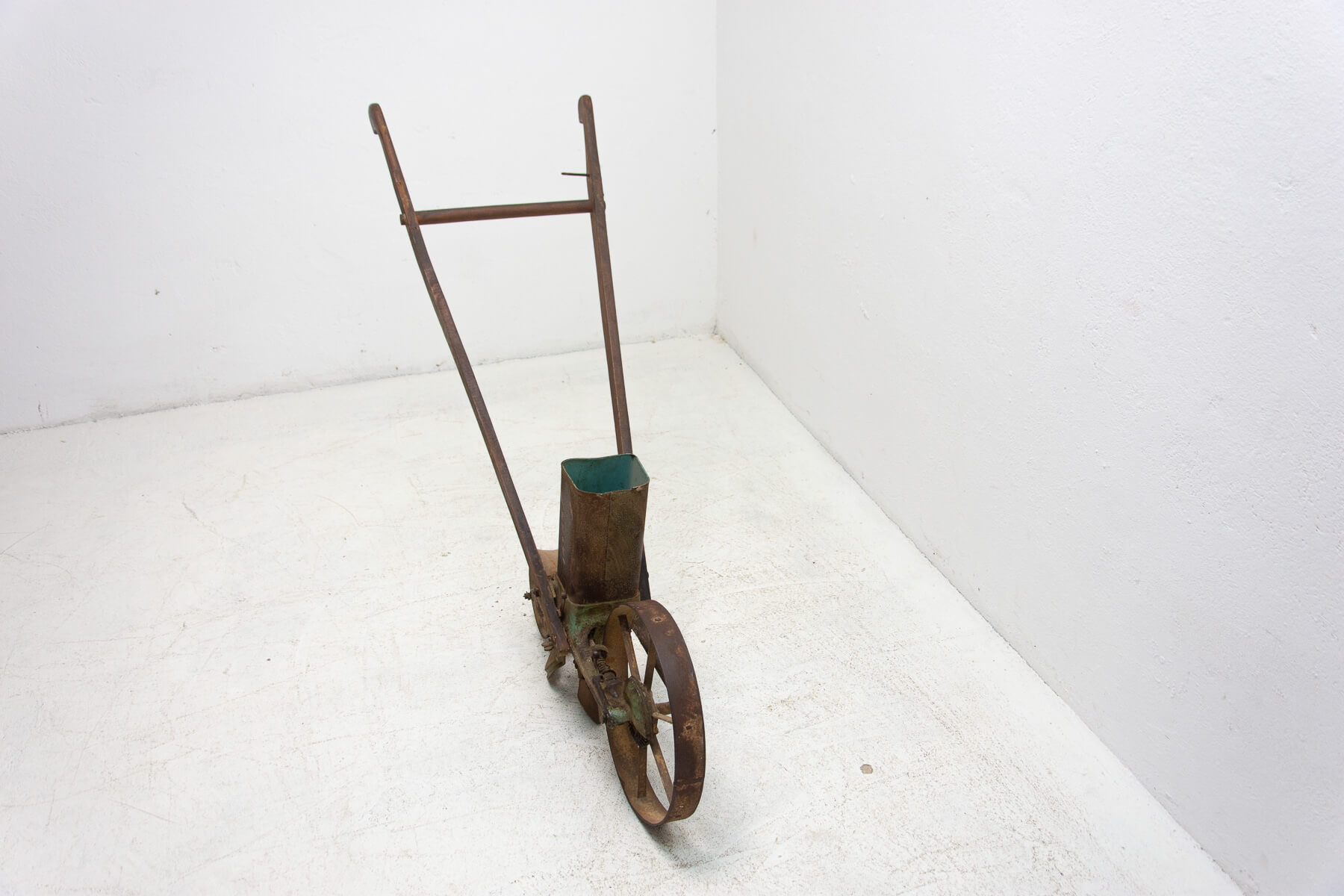
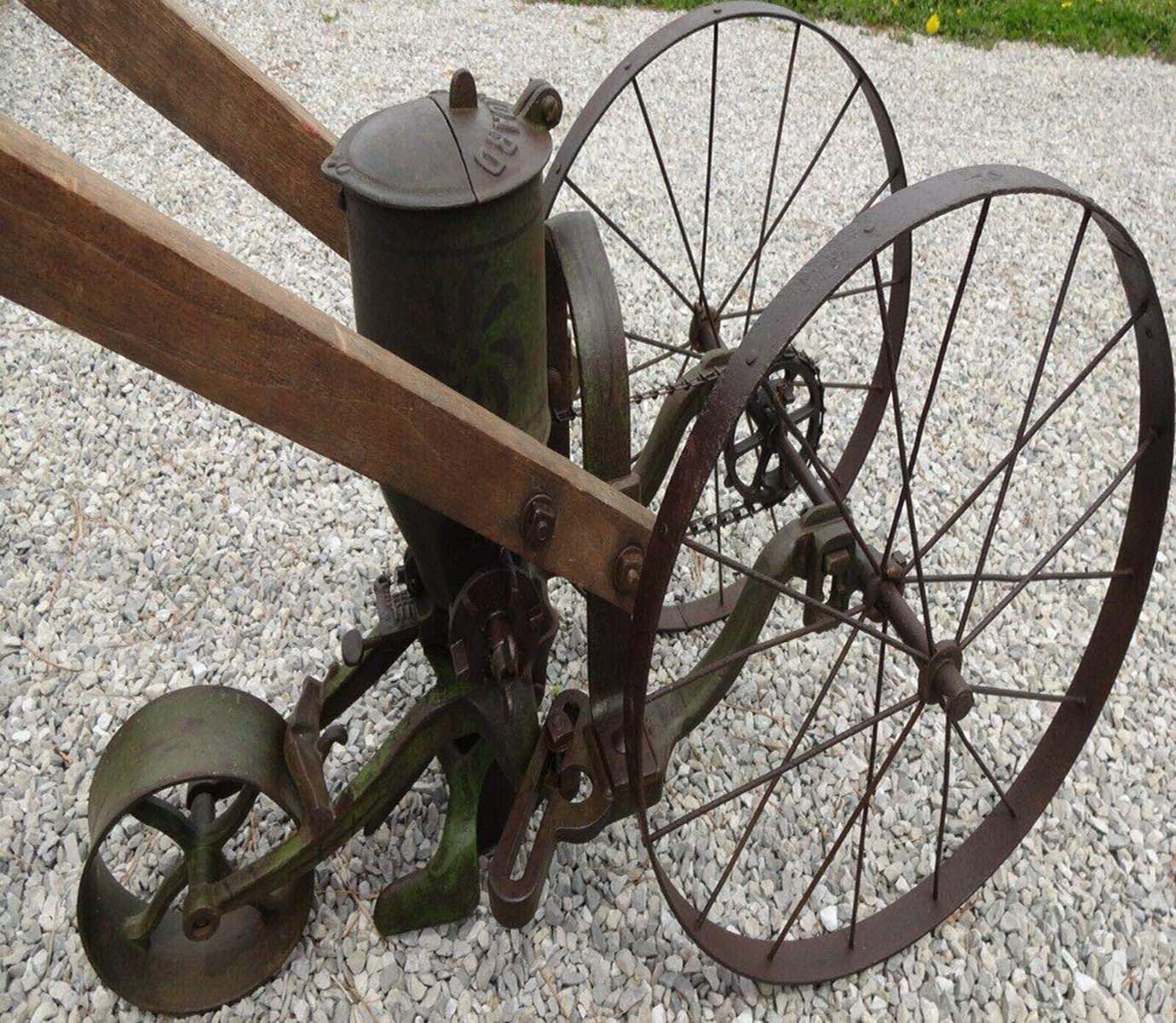
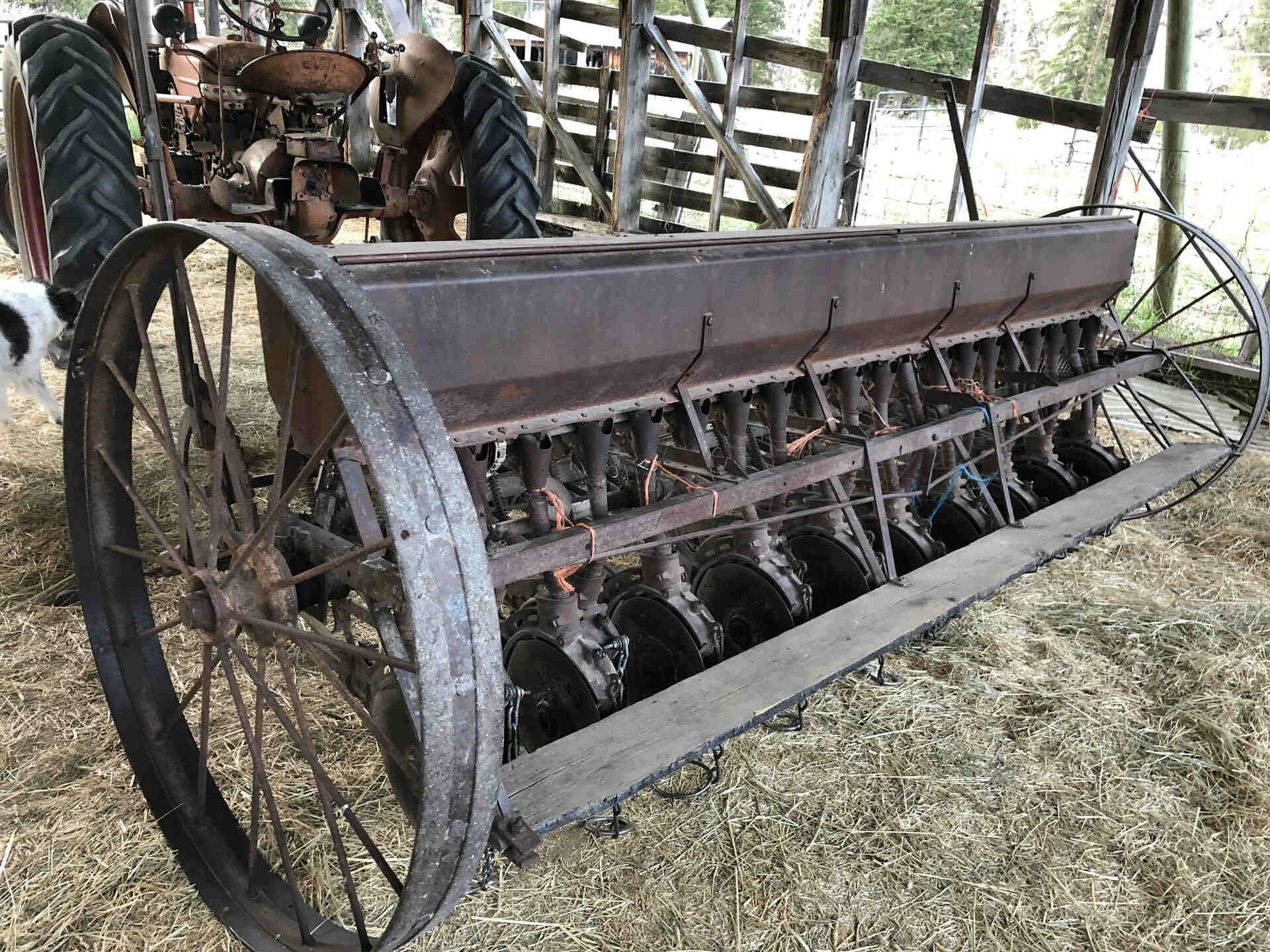
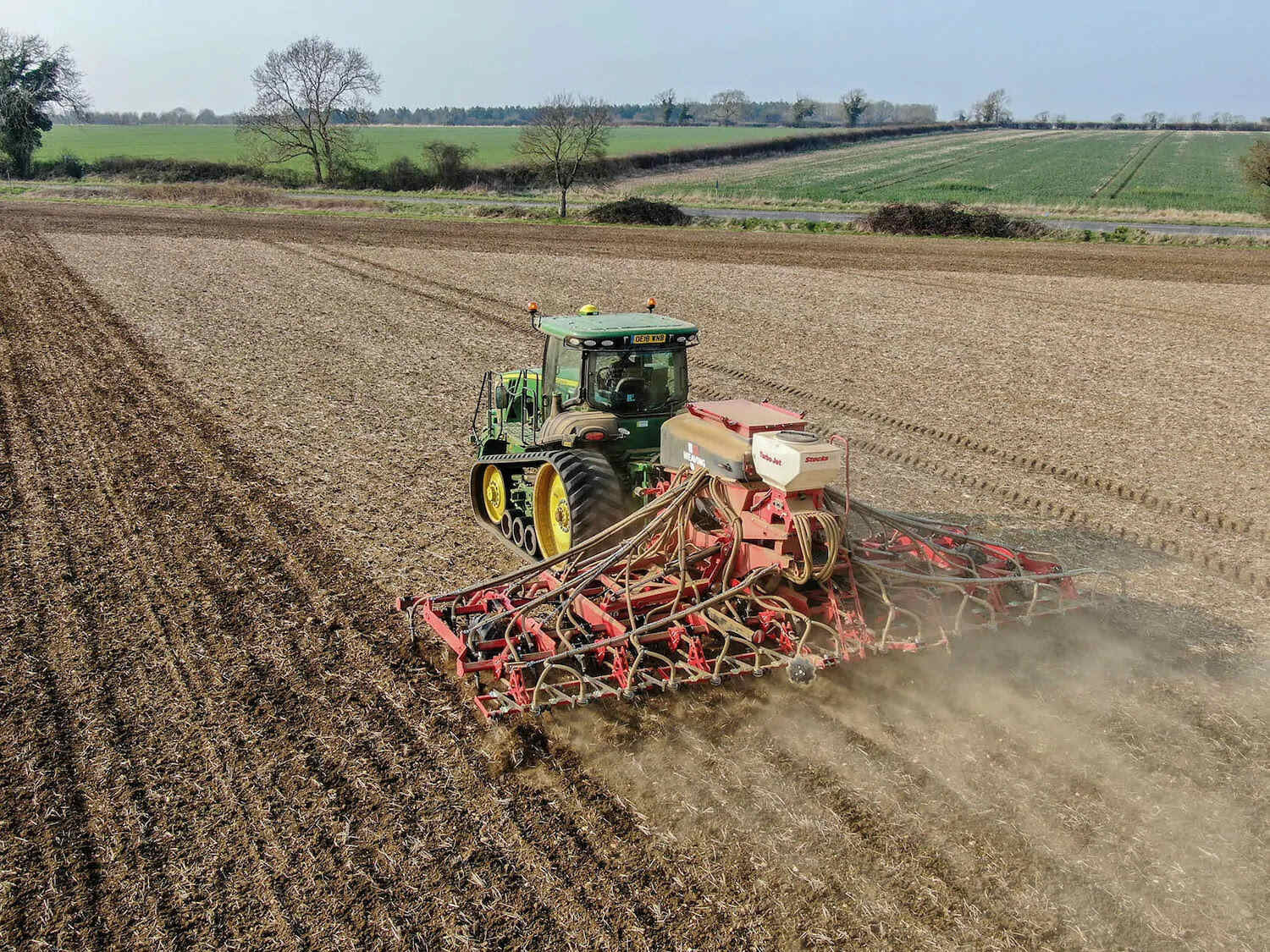
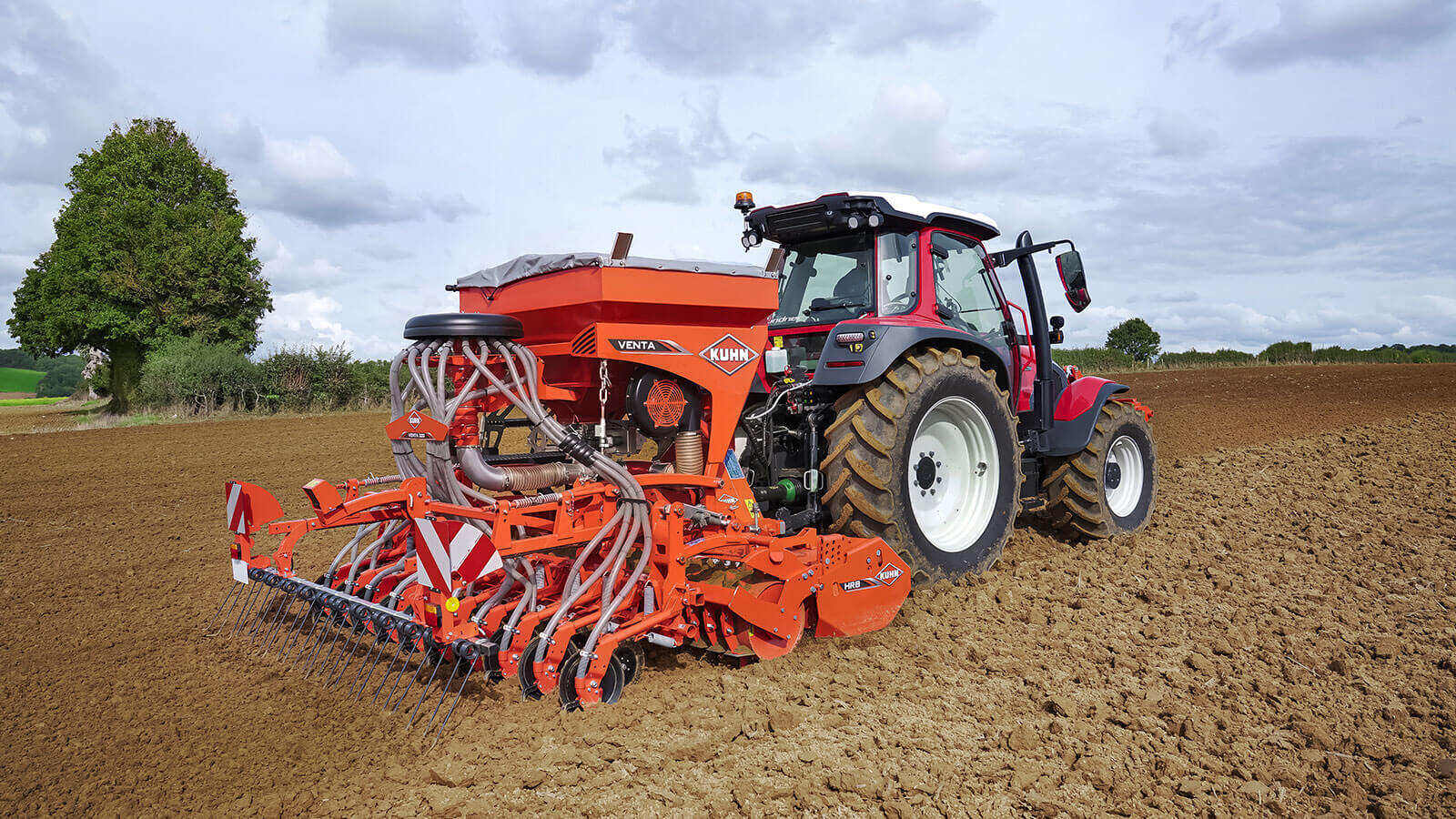
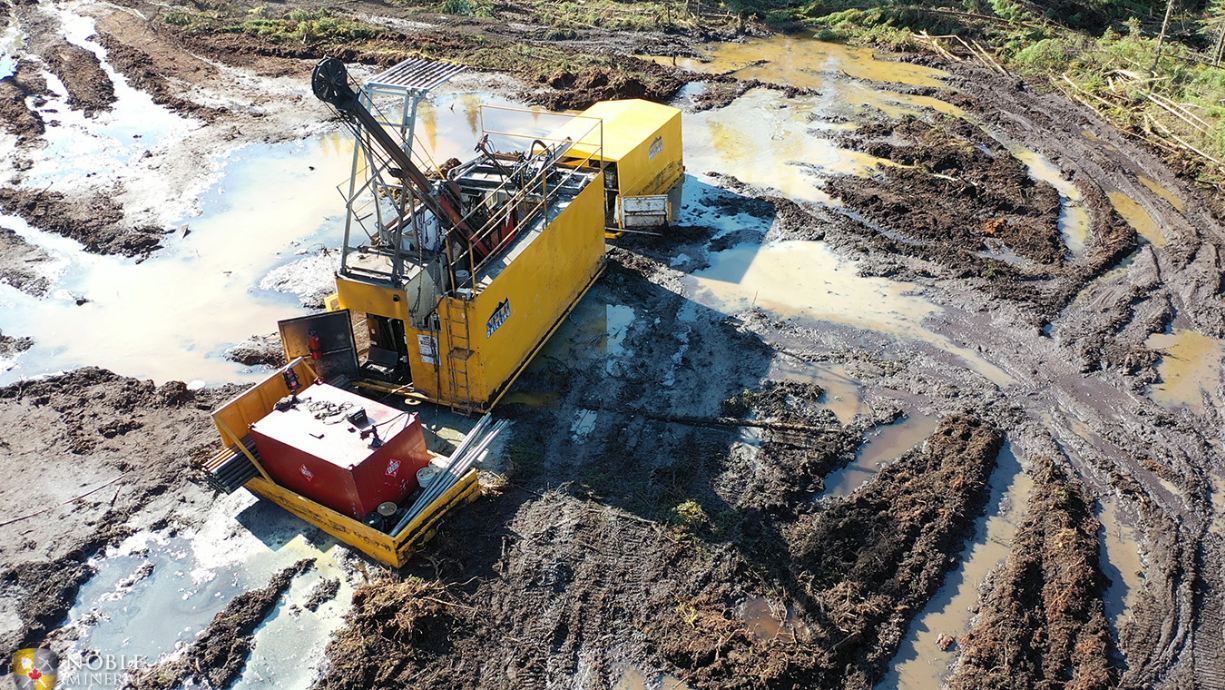
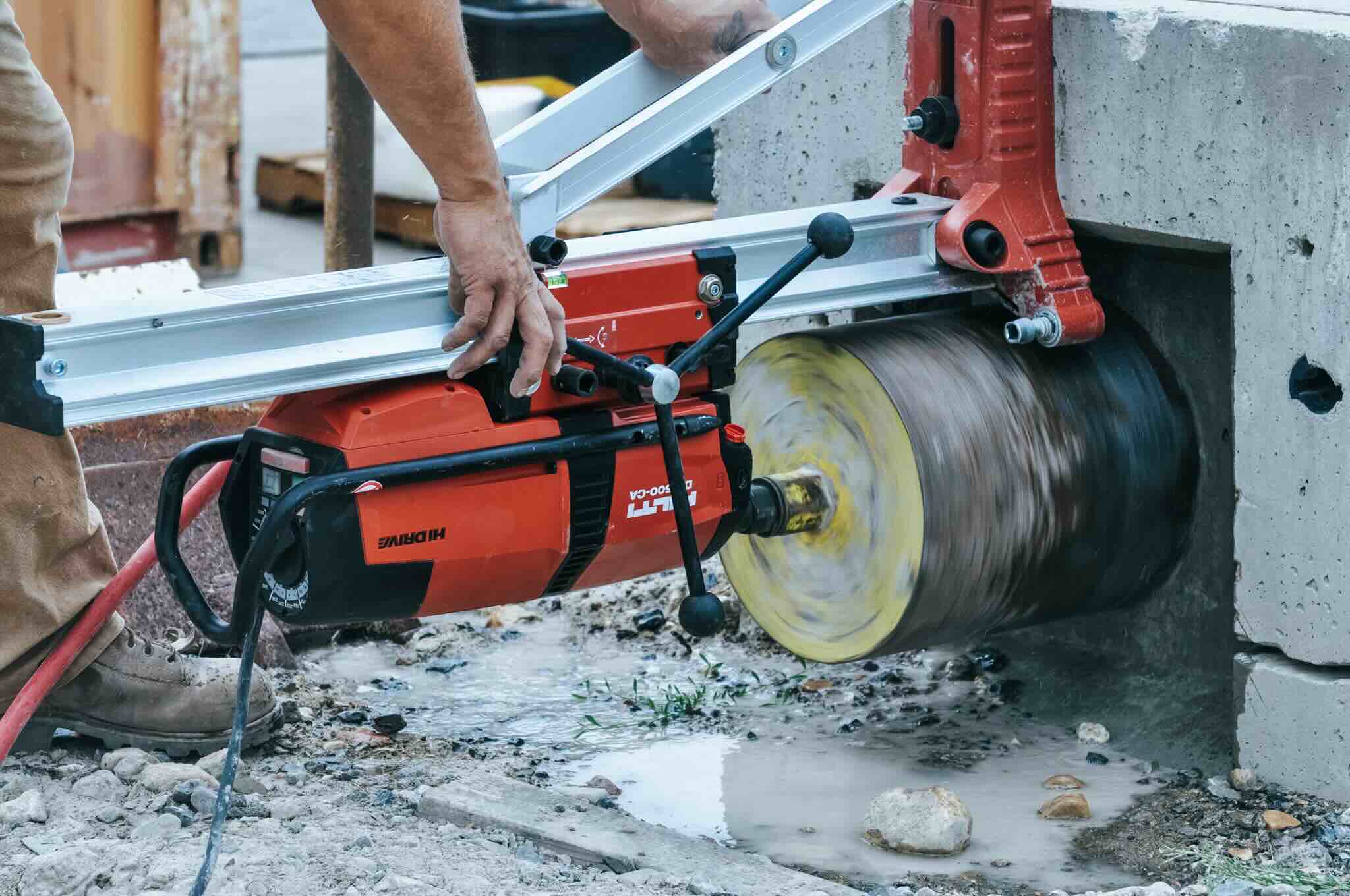
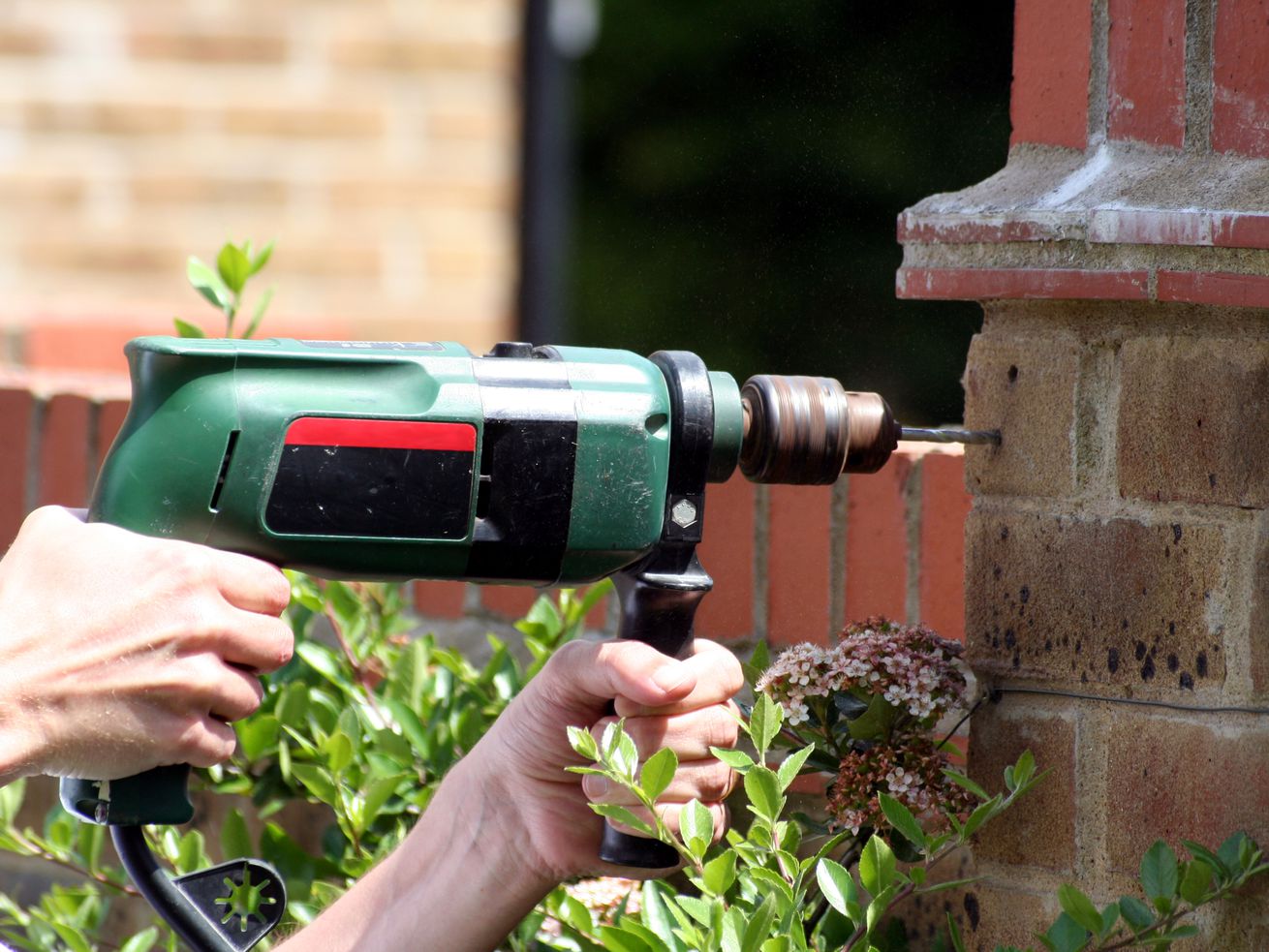
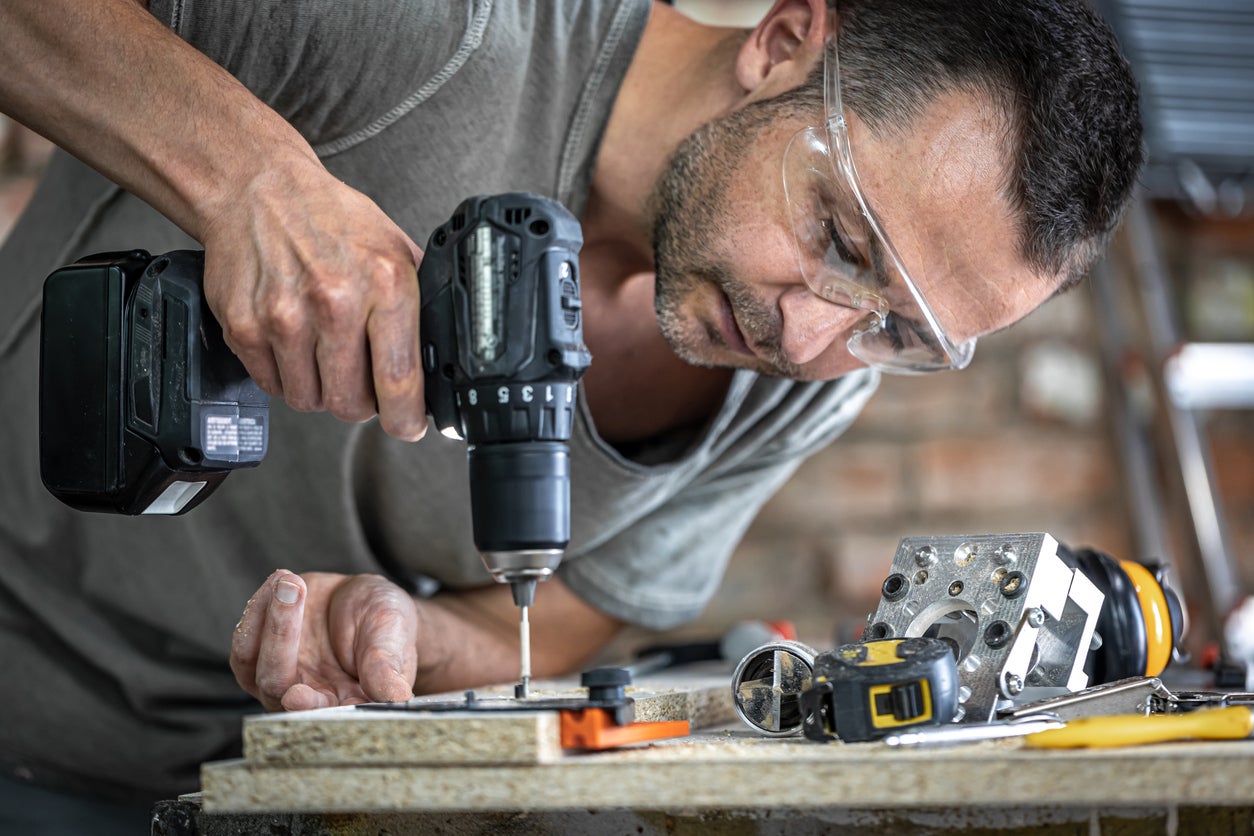
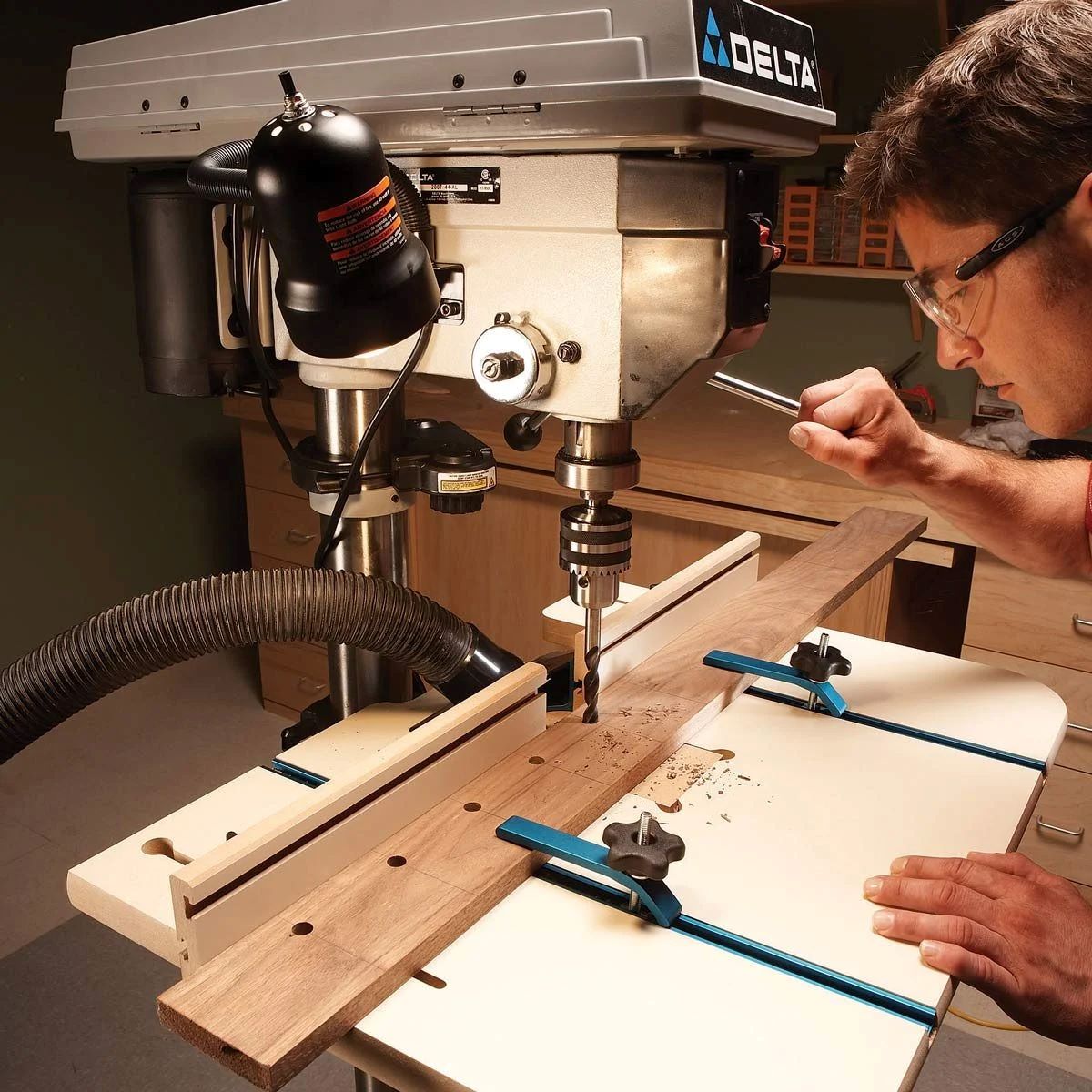
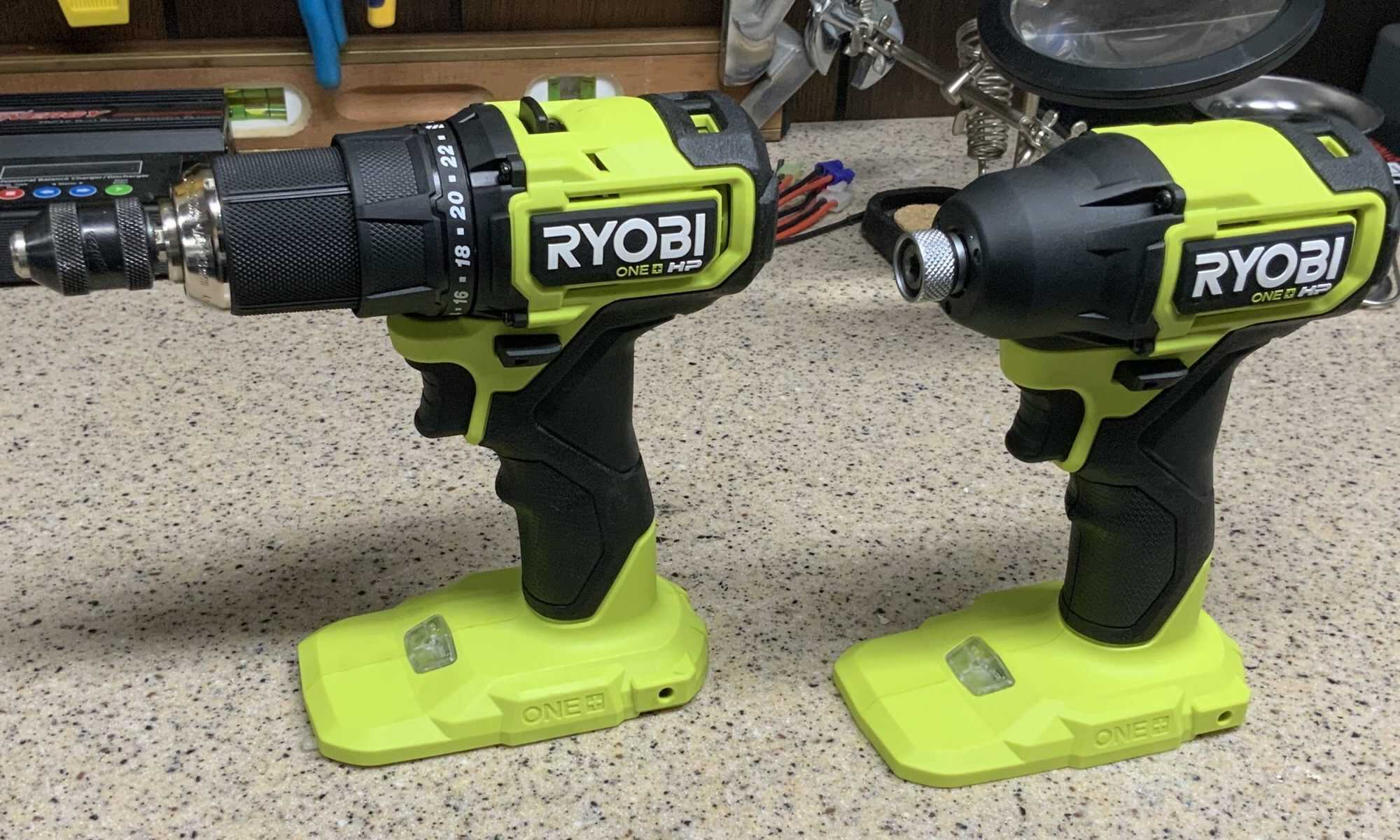
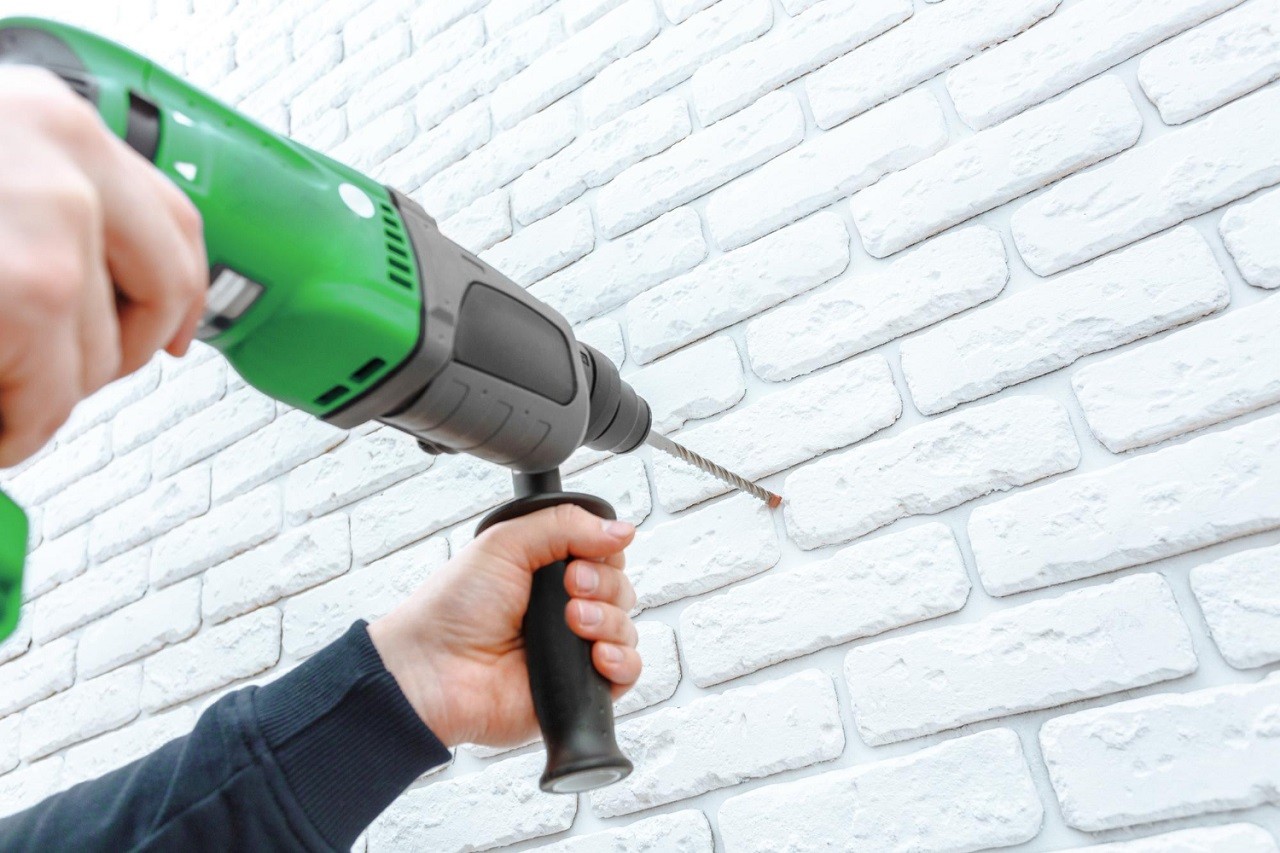
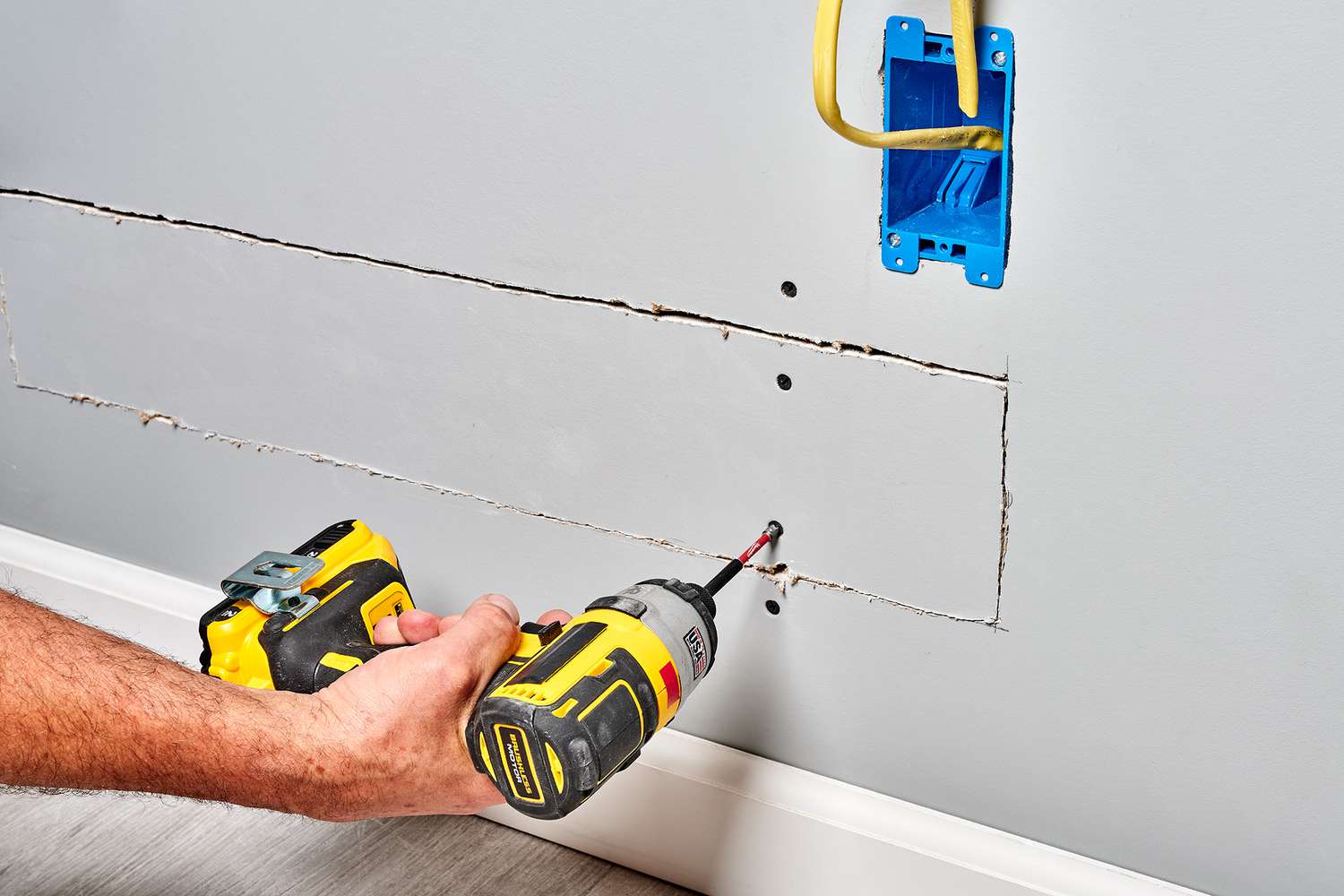

0 thoughts on “What Is The Seed Drill”